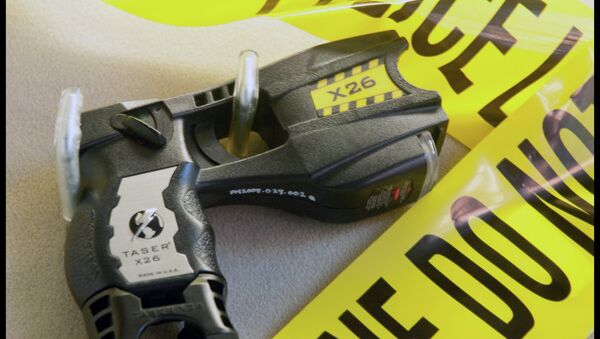Known as Taser International’s X26P, the 3,000 new digital tasers will record the date, time, and duration of the shock when fired.
The weapons will be linked via Bluetooth technology to Taser International’s body cameras. Once the taser is activated, the camera is automatically powered on to record the officer’s actions.
At a time when public outrage is running high over the deaths of unarmed African American men at the hands of law enforcement, the body cameras are seen by some supporters as a way to resolve confusion over possible officer misconduct when conflicting information on a case arises.
"In addition to these new Taser deployments, we plan to issue a body-worn camera and a Taser device to every officer. It is our goal to make these important tools available to every front line officer over the next few years,” Los Angeles Police Chief Charlie Beck said in a statement.
The smart weapon was actually unveiled two years ago as a replacement for stun guns. Yet, with the recent debate over transparency including the death of Ezell Ford, an unarmed mentally ill man, the LAPD announced in December they plan to equip around 7,000 street cops with the technology, according to Reuters.
Critics are skeptical about the efficacy of body cameras. Some said that a passerby’s cell phone video made little difference in Eric Garner’s case in New York. Ramsey Orta recorded the violent confrontation when NYPD officer Daniel Pantaleo used what appeared to be a chokehold on Garner.
Still, law enforcement officials have indicated that cameras would help eliminate bias or uncertainty.
"The Los Angeles Police Department is committed to implementing safety measures to reduce the risk of injuries to both our officers and the members of our community, while improving trust within our communities," Beck said in a statement.


